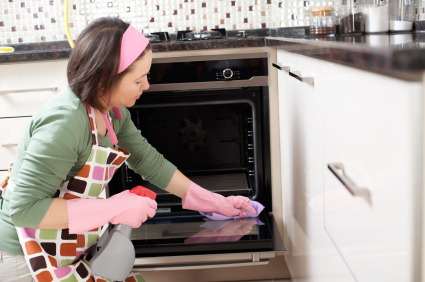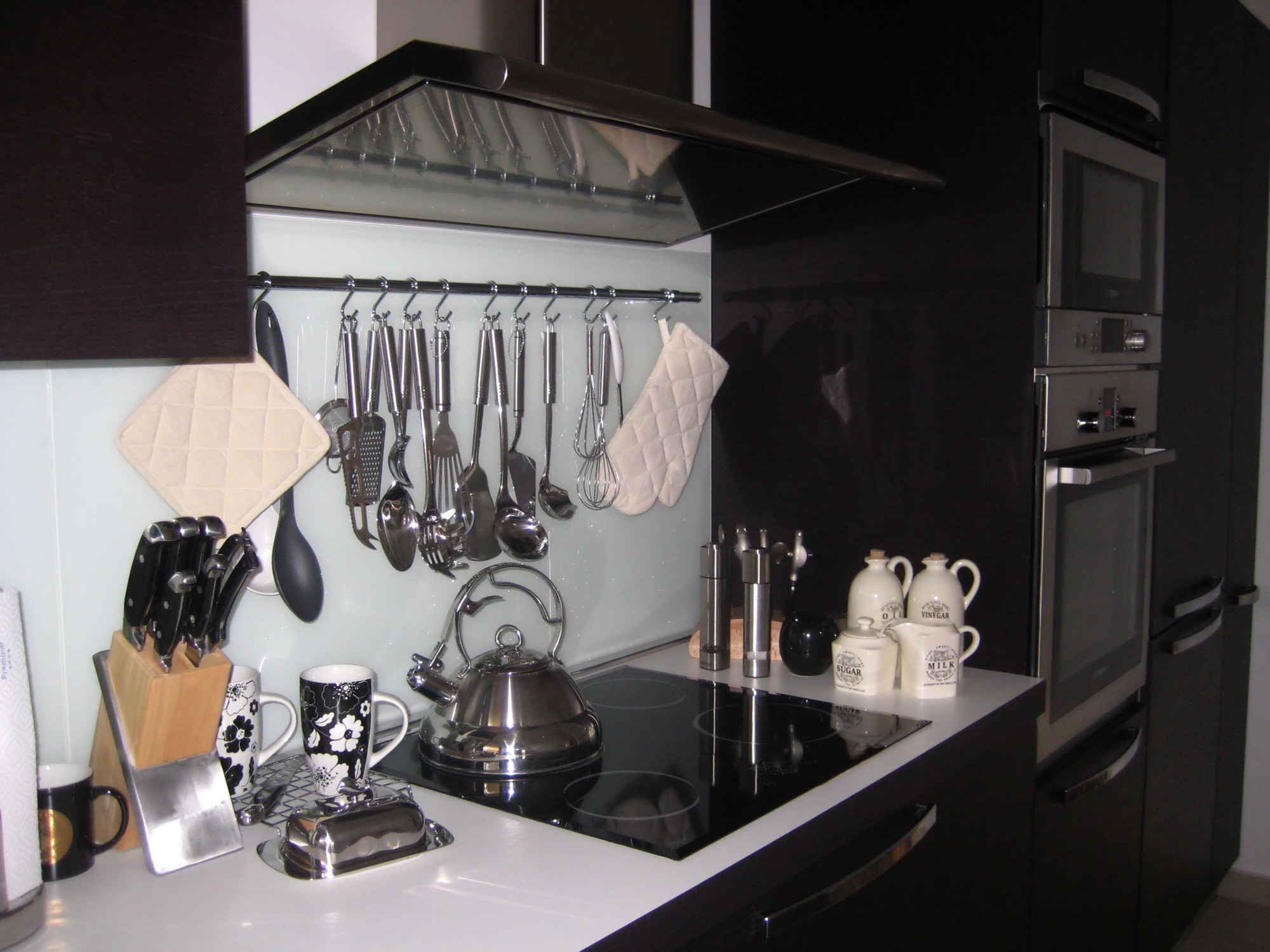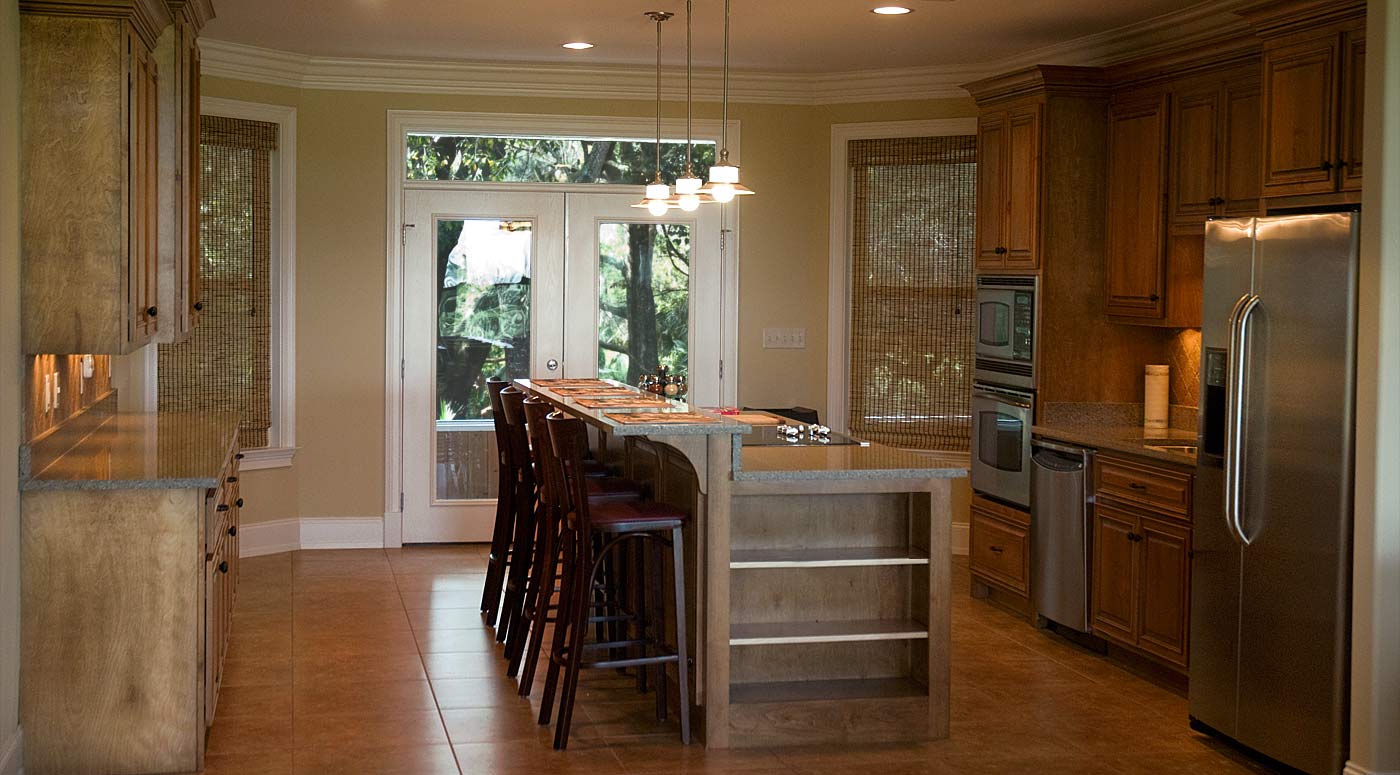It’ll come as no surprise to anyone that a decluttered space creates a decluttered mind. When your living and working places are neat and organized, when your belongings are logically ordered and easily accessible, and when everything fits in the most economical, efficient way possible, it brings a peace of mind that’s hard to quantify … because it’s a “quality of life” thing.
Improve your quality of life by streamlining your space with storage options that suit the contents on hand, align with your lifestyle, and make the most of the space you have available.
To start, it’s necessary to determine what you want to organize, because only once you’ve grouped items for storage can you identify the appropriate receptacles for them. Why use a crate-sized container for what one kitchen drawer can handle? Why use six small boxes to store all your winter sweaters when one snazzy trunk could hold them all? In other words, don’t run out and buy a bunch of organizers and storage containers and then try to fit your belongings into them; instead, do it the other way around to save yourself a lot of time, energy, effort, and money.
Pick just one room to start with—the area most in need of putting things away instead of leaving them spread all about—and see how things work out, learning as you go, before tackling the rest of your house. Say you pick your master bedroom and en suite bath. Where do you go from there?
Steps to Efficient Storage
- Sort. Go through the whole room distinguishing between what you need “out” every day (leave it where it is, like your undies and socks in your dresser drawer), what you don’t need at all anymore (get rid of it), and what you want handy but not on display—what can be tucked away somewhere neater and more organized than it currently is. Gather this last category of belongings in the middle of your bedroom and sort them by type: all your scarves here, all your swimwear there, your supply of scented candles over there. Same goes for your bathroom, grouping all the cosmetics, shaving supplies, medicines, and toiletries in distinct areas, leaving everyday items where they are (like your toothbrush and toothpaste) but deciding which backup items and infrequently used supplies can be put somewhere under, over, or else.
- Size. Start a list how many containers you need for each grouping of like items. Not only how many, but how large? Write them out one by one—the size and shape you need to accommodate the grouping. The first-aid items probably only need a shoebox-sized container; your quilts and throw blankets will work well in a sealable plastic tub.
- Measure. Okay, you’d like an under-the-bed sliding bin for ties and belts, but now you have to measure the space from the floor to make sure you buy one that will clear the bedframe. You’ve got 12 pairs of slippers, flip-flops, and slide-ons you’d like to store together in a shoe cubby in your closet, so go measure the width and height you have available there. Preparation is going to work in your favor big-time when you’re standing in a store aisle overwhelmed by all the choices.
- Fine-Tune. Organizing isn’t just about boxes and bins stored in cabinets and cupboards. It also entails making commonly used, messy areas tidier and more useful with things like drawer dividers, utensil holders, spice racks, and jewelry pouches. So now it’s time to dive into that makeup drawer and plan what type of drawer organizer will work in there, to figure out how many shelf spacers you can use at the top of your closet to separate stacks of sweatpants, pajamas, and clutches. Write it all down on your inventory list—better yet, take pictures of what you plan to store and where to use as visual aids when you’re ready for the final phase.
- Shop or Switch. This last step is the most fun! If you want to buy new, head to the store armed with your shopping list and your excitement to procure your perfect solutions. Don’t have the budget for that? Then go hunting in garages, attics, sheds, and flea markets for available containers that are either empty already or can easily be swapped out with something else. Recycling and repurposing will do the trick just as well as retail!
NOTE: Keep in mind that this whole process is very subjective—you’re free to organize and group things according to your own preferences, not any hard-and-fast rules. For example, you might use your office supplies more in your kitchen than the den, so feel free to store them in your pantry. Your stuffed animal collection might not be a big part of your everyday life, but you’ll be darned if you just pack it away in a zippered bag! Some people might prefer stacked squares and some might prefer over-the-door hangers. Do what works for you, in a way that works best for you.
But whatever you do, just take your time and proceed practically and productively, whether you’re now filing all your paperwork in an accordion folder or finally transferring all those disks onto flash drives. Setting realistic expectations and a manageable schedule will keep this process fulfilling and free of stress.
Need a helping hand with this or any other organizing, straightening, or cleaning task? We’re at your service!
Home Services Enterprise | 301-674-9564 | www.homeservicesenterprise.com







